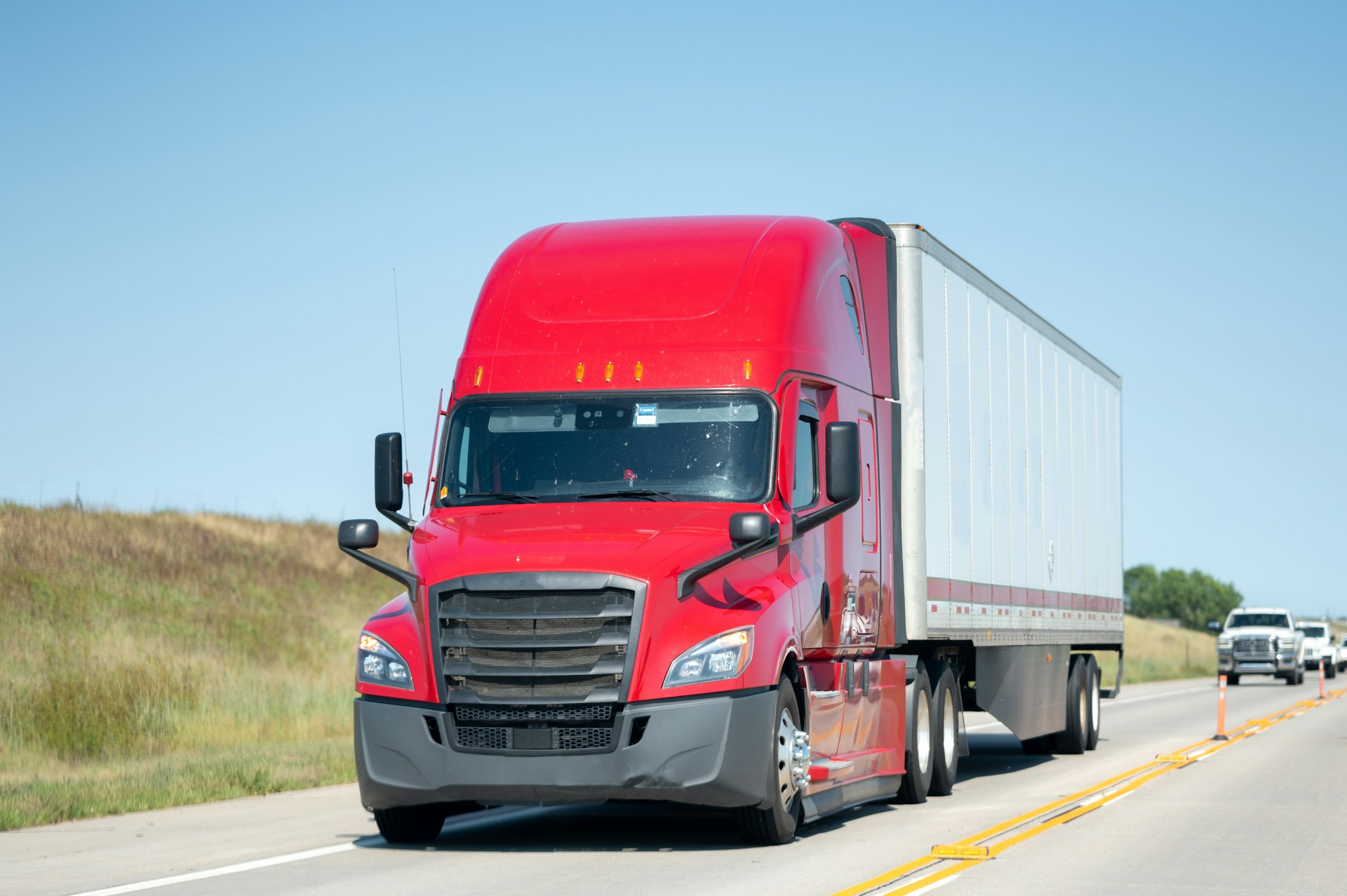Running a transport business can feel like trying to tame a wild beast. Costs pop up everywhere—fuel, maintenance, driver wages, you name it. But the good news? There are ways to tighten your belt without sacrificing quality or efficiency.
Contents
- 1 1. TMS Transport Management Software: Your Secret Weapon
- 2 2. Smarter Route Planning: More Than Just Shortcuts
- 3 3. Keep Your Fleet in Tip-Top Shape
- 4 4. Fuel Efficiency: Small Tweaks, Big Savings
- 5 5. Invest in Your Drivers: Training Pays Off
- 6 6. Telematics: More Than Just Tracking
- 7 7. Outsourcing: Focus on What You Do Best
- 8 8. Inventory Management: Keep It Lean
- 9 9. Negotiate with Suppliers: Don’t Be Shy
- 10 10. Go Green and Save Green
- 11 Small Changes, Big Impact
1. TMS Transport Management Software: Your Secret Weapon
First off, let’s talk about Transport Management Software (TMS). If you’re still juggling spreadsheets and whiteboards to keep track of your operations, it’s time to step into the 21st century. TMS is more than just a fancy tool; it’s like having an extra brain dedicated to your logistics.
Imagine this: you can plan routes, track deliveries in real-time, and automate invoices—all in one place. No more guessing games. You’ll know exactly where your trucks are, what they’re carrying, and how much it’s costing you. Plus, TMS transport management software helps reduce those frustrating empty runs by optimising your loads. The result? Fewer miles, less fuel, and a whole lot more money in your pocket.
2. Smarter Route Planning: More Than Just Shortcuts
Route planning might sound straightforward, but there’s an art to it. It’s not just about finding the quickest path from A to B; it’s about navigating the labyrinth of traffic, road conditions, and load types. A well-planned route means fewer delays, less fuel wasted, and happier customers.
Consider using advanced tools that factor in real-time traffic data and road conditions. These tools can reroute your drivers to avoid jams or roadworks, shaving off precious minutes and saving you from unnecessary fuel costs. Over time, these small adjustments add up, and you’ll notice the difference in your expenses.
3. Keep Your Fleet in Tip-Top Shape
It’s tempting to put off vehicle maintenance—after all, it’s just another item on an already long to-do list. But here’s the thing: skipping regular check-ups can cost you big time. Breakdowns and emergency repairs are not just inconvenient; they’re expensive.
By sticking to a strict maintenance schedule, you can catch potential issues before they turn into costly problems. Think of it like going to the dentist for a regular cleaning instead of waiting until you need a root canal. Routine checks on oil, brakes, and tyres might seem minor, but they can keep your vehicles running efficiently, saving you money in the long run.
4. Fuel Efficiency: Small Tweaks, Big Savings
Let’s face it—fuel is one of your biggest expenses. But with a few tweaks, you can make your fuel budget go further. Start with the basics: driver training. Yes, your drivers might already be pros, but even the best can benefit from a refresher on fuel-efficient driving techniques.
- Smooth acceleration and braking – These not only make for a safer ride but also save on fuel.
- Cruise control – When used properly, it can help maintain an even speed and reduce fuel consumption.
- Minimising idling – Remind your drivers that idling gets them nowhere—literally and figuratively.
5. Invest in Your Drivers: Training Pays Off
Your drivers are the lifeblood of your business. But did you know that investing in their training can also be a smart way to cut costs? It’s true! Well-trained drivers are more efficient, which means they’re better at saving fuel, reducing wear and tear on your vehicles, and even avoiding accidents.
Consider offering regular training sessions focused on safe and efficient driving practices. Not only will this keep your drivers sharp, but it also shows them you’re invested in their professional growth. Plus, safer driving can lower your insurance premiums—a nice little bonus.
6. Telematics: More Than Just Tracking
Telematics isn’t just about slapping a GPS tracker on your trucks. It’s like having a crystal ball that lets you see into the future of your fleet’s performance. With telematics, you can monitor fuel consumption, driver behaviour, and vehicle health in real-time.
Imagine knowing exactly when a truck is due for maintenance before it even breaks down. Or spotting a driver who has a habit of heavy braking—something that not only wastes fuel but also wears out the brakes faster. By using this data, you can nip problems in the bud and keep your fleet running like a well-oiled machine.
7. Outsourcing: Focus on What You Do Best
Starting a transport business means wearing a lot of hats, but that doesn’t mean you have to do everything yourself. Outsourcing non-core tasks, like payroll or accounting, can free up your time and resources to focus on what really matters—getting goods from point A to point B efficiently.
When you outsource, you can often access better rates and more specialised services than you could manage in-house. Just make sure you’re working with partners who understand the transport industry.
8. Inventory Management: Keep It Lean
If your transport business also handles inventory, keeping things lean can save you big bucks. The just-in-time (JIT) inventory system is a strategy that allows you to keep inventory levels low without risking stockouts.
This means you’re not paying for storage space you don’t need, and your capital isn’t tied up in unsold stock. It’s about being smart with what you have—keeping enough on hand to meet demand, but not so much that it’s costing you more than it should.
9. Negotiate with Suppliers: Don’t Be Shy
You wouldn’t leave money on the table, so why not apply that same mindset to your supplier contracts? Whether it’s for fuel, vehicle parts, or tyres, regularly reviewing and negotiating your contracts can uncover opportunities for savings.
Loyalty counts for something, and if you’ve been with the same supplier for a while, you might be due for a discount or a better deal. If not, don’t be afraid to shop around. Sometimes, a bit of competition is all it takes to get a better rate.
10. Go Green and Save Green
Sustainability isn’t just a buzzword—it’s a practical way to reduce costs and future-proof your business. Going green can mean anything from investing in energy-efficient vehicles to adopting better recycling practices in your operations.
And let’s not forget the PR boost—customers love companies that care about the environment, and that could lead to more business.
Small Changes, Big Impact
Cutting costs in your transport business isn’t about making drastic cuts or sacrificing quality. Whether it’s investing in technology like TMS, fine-tuning your route planning, or keeping your fleet in top shape, each step you take towards efficiency is a step towards a more profitable future.





